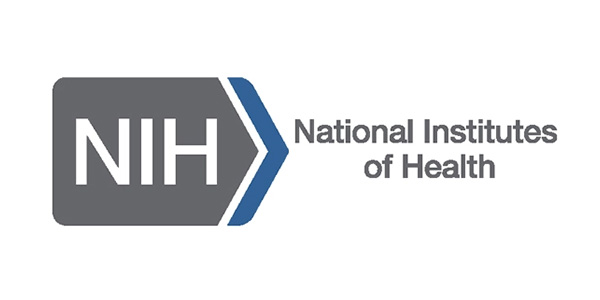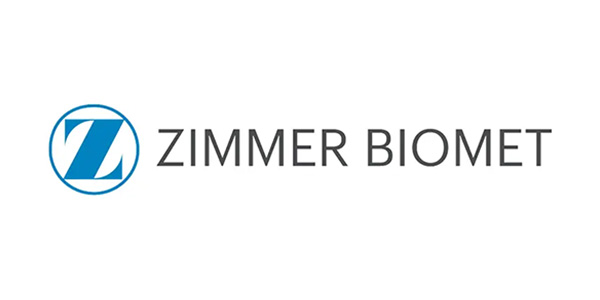Chronic Osteoarthritis Management Initiative (COAMI) - Advocating a New Approach to Most Common Form of ArthritisTransitioning COAMI
Osteoarthritis (OA) is the most common form of arthritis, affecting 27 million Americans or over 10 percent of adults. Many factors - some more modifiable than others - contribute to an increased risk of developing OA, including obesity, genetics, aging, and the consequences of joint injuries and trauma (for example, from sports injuries or job-related injuries). As OA progresses, it can cause enough pain and disability that it interferes with work and daily activities, including the ability to be physically active. Lack of regular physical activity can lead to even more health consequences, since many people with OA also have been diagnosed with other chronic conditions, such as diabetes, whose treatment and management often require greater levels of physical activity and weight loss. Even though OA could be viewed as a chronic condition, it's not usually approached that way. For example, the standard for other chronic conditions (such as diabetes or heart disease) now involves screening for risk factors, prevention-oriented interventions, ongoing monitoring, and comprehensive care models. Instead of this emphasis on early intervention and prevention, OA interventions tend to start later in the disease process. Many patients and health care providers tolerate and expect joint pain as an anticipated consequence of aging, and joint replacement as an inevitable endpoint of OA. Historically, osteoarthritis (OA) has been regarded as an inevitable part of aging. Prevention efforts have been, and treatment is often delayed until end-stage symptoms require medication or surgery. Paying attention to patients' symptoms (starting with asking about them in various settings), following up both proactively and longitudinally, and applying the principles of integrated, multi-specialty systems of care all would improve outcomes for the millions of people with OA. Moreover, many of these changes could be implemented now. The Origins of COAMI The Chronic Osteoarthritis Management Initiative (COAMI) originated in 2012 as a task force convened by the United States Bone and Joint Initiative (USBJI). Uniquely, this was a cross-specialty, multi-stakeholder approach to reframe consideration of OA as a chronic condition amenable to primary and secondary prevention, focused on providers. The OA Action Alliance, a coalition currently comprising more than 90 organizations focused on public awareness and health policy, collaborated with COAMI since its inception. Work Accomplished The first COAMI Work Group met in May 2012 with 25 representatives from clinical specialties including physician, nursing, physical therapy, athletic trainers, physician assistants, professional societies representing different ethnicities, specialists representing co-morbidities, and patients The outcome of that meeting was a Call to Action promulgating a change in the paradigm of OA intervention (Call to Action). Goals for the Work Group included dissemination of the Call to Action through professional societies, inclusion of future partners to broaden the reach of COAMI’s goals, convening a conference to identify gaps and review models of care for OA. In September 2013 the working group was expanded and the Osteoarthritis Management Conference held to start the development of a model of care. At this meeting, attendees increased to 34 now representing 25 organizations. Work groups identified specific next steps to move forward on COAMI’s mission of promoting proactive OA management. In particular, two systematic reviews were commissioned, one on OA treatment guidelines and one on key patient-reported outcomes in OA. These reviews were completed and published, as follows: Nelson, A.E., Allen, K.D., Golightly, Y.M., Goode, A.P., Jordan, J.M. (2014) A systematic review of recommendations and guidelines for the management of osteoarthritis: The Chronic Osteoarthritis Management Initiative of the U.S. Bone and Joint Initiative. Seminars in Arthritis and Rheumatism, 43(6): 701-712
Golightly, Y.M., Allen, K.D., Nyrop, K.A., Nelson, A.E., Callahan, L.F., Jordan, J.M. (2015) Patient-reported outcomes to initiate a provider-patient dialog for the management of hip and knee osteoarthritis. Seminars in Arthritis and Rheumatism; 45(2):123-31. These two manuscripts will serve as guidance on practical, evidence-based and comprehensive OA management. The systematic review of OA treatment guidelines has already been used as the basis for an additional manuscript that developed an algorithm for OA treatment (Meneses, S.R.F., Goode, A.P., Nelson, A.E., Lin, J., Allen, KD., Bennell, K.L., Jordan, J.M., Fernandes, L., Liu, S., Hochberg, M.C., Underwood, M., Conaghan, P.G., Lohmander, L.S., McAlindon, T.E., Golightly, Y.M., Hunger, D.J. (2016) Clinical algorithms to aid osteoarthritis guideline dissemination. Osteoarthritis & Cartilage, 24(9):1487-99.) In April, 2015 the COAMI Steering Committee met to establish more concrete next steps. This meeting was held in conjunction with the annual strategic planning meeting of the OA Action Alliance, continuing collaboration and identification of common goals with that organization. From this meeting, ultimately 3 work groups emerged, focusing efforts and producing the following outcomes:
Work Accomplished
Work Accomplished
Work Accomplished
The Next Phase At this crossroads, almost 5 years after inception, COAMI proudly feels that our mission has been accomplished and that we should transition what we have accomplished to the OA Action Alliance to continue the work we initiated. The OA Action Alliance at its April 2015 meeting created a work group of its own to address the provider side. The goals and values of maximizing patient outcomes and minimizing health care costs through prevention and cross-specialty approaches to OA as a chronic, preventable disease are an increasing priority of health care systems and payers leading to well-funded pilots now evolving into full-fledged models. Further, the OA Action Alliance has matured and secured future funding to allow continued education and advocacy work in the field. The USBJI and active members of COAMI look forward to what we have accomplished now being taken forward by the OAAA and other organizations in the effort to advance the prevention and optimal management of OA. January 2017 If you have questions about COAMI, please email the U.S. Bone and Joint Initiative at [email protected]. If you have questions about the OA Action Alliance (oaaction.unc.edu), please email [email protected]. |






